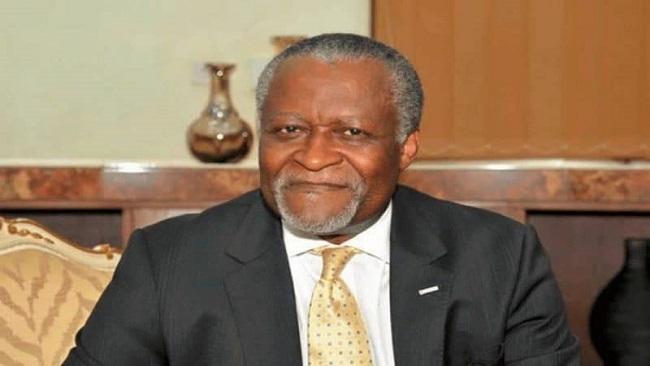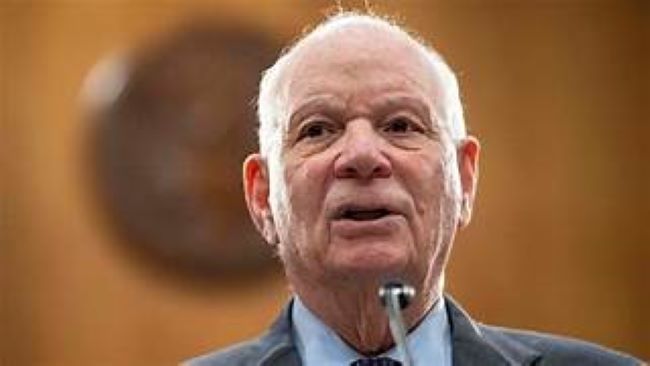Categories
Archives
- April 2024
- March 2024
- February 2024
- January 2024
- December 2023
- November 2023
- October 2023
- September 2023
- August 2023
- July 2023
- June 2023
- May 2023
- April 2023
- March 2023
- February 2023
- January 2023
- December 2022
- November 2022
- October 2022
- September 2022
- August 2022
- July 2022
- June 2022
- May 2022
- April 2022
- March 2022
- February 2022
- January 2022
- December 2021
- November 2021
- October 2021
- September 2021
- August 2021
- July 2021
- June 2021
- May 2021
- April 2021
- March 2021
- February 2021
- January 2021
- December 2020
- November 2020
- October 2020
- September 2020
- August 2020
- July 2020
- June 2020
- May 2020
- April 2020
- March 2020
- February 2020
- January 2020
- December 2019
- November 2019
- October 2019
- September 2019
- August 2019
- July 2019
- June 2019
- May 2019
- April 2019
- March 2019
- February 2019
- January 2019
- December 2018
- November 2018
- October 2018
- September 2018
- August 2018
- July 2018
- June 2018
- May 2018
- April 2018
- March 2018
- February 2018
- January 2018
- December 2017
- November 2017
- October 2017
- September 2017
- August 2017
- July 2017
- June 2017
- May 2017
- April 2017
- March 2017
- February 2017
- January 2017
- December 2016
- November 2016
- October 2016
- September 2016
- August 2016
- July 2016
- June 2016
Featured
 Bishop Francis T. Lysinge @ 25!
Bishop Francis T. Lysinge @ 25!  Understanding the Biya Francophone regime’s support for the Israeli genocide in Gaza
Understanding the Biya Francophone regime’s support for the Israeli genocide in Gaza  Poverty under Biya: Cameroonians embrace Chinese language for brighter futures
Poverty under Biya: Cameroonians embrace Chinese language for brighter futures  Cameroon is broken: Who can fix it?
Cameroon is broken: Who can fix it?  Ethiopia: U.S Senator Cardin Statement on the Killing of Bate Urgessa
Ethiopia: U.S Senator Cardin Statement on the Killing of Bate Urgessa
Most Commented Posts
 4 Anglophone detainees killed in Yaounde
4 Anglophone detainees killed in Yaounde
19 comments Chantal Biya says she will return to Cameroon if General Ivo Yenwo, Martin Belinga Eboutou and Ferdinand Ngoh Ngoh are sacked
Chantal Biya says she will return to Cameroon if General Ivo Yenwo, Martin Belinga Eboutou and Ferdinand Ngoh Ngoh are sacked
13 comments Anglophone Nationalism: Barrister Eyambe says “hidden plans are at work”
Anglophone Nationalism: Barrister Eyambe says “hidden plans are at work”
12 comments The Anglophone Problem – When Facts don’t Lie
The Anglophone Problem – When Facts don’t Lie
12 comments Largest wave of arrest by BIR in Bamenda
Largest wave of arrest by BIR in Bamenda
10 comments
Latest Tweets
Featured
-

Bishop Francis T. Lysinge @ 25!
-

10 Million Cameroonians lived on less than $1.80 per day
-

Football: Xavi to remain as Barcelona coach
-

Biya regime delays bond sale amid regional market strain
-

Historic agreement between Nigeria and Cameroon to tackle wildlife crime
-

Southern Cameroons refugees in Nigeria receive farm seedlings
-

Douala: Investment Forum wraps up with honors for investment champions
© Cameroon Concord News 2024
6, September 2021
Iconic French New Wave actor Jean-Paul Belmondo dies aged 88 0
Jean-Paul Belmondo’s battered face, laconic style and roguish smile captured the imagination of French 1960s youth.
Belmondo, who has died at his Paris home aged 88, was the cool rebel of the new wave of French cinema typified in Jean-Luc Godard’s 1960 film classic, A Bout de Souffle.
His moody performance as a doomed thief and Humphrey Bogart fan struck a chord and saw him dubbed the Gallic James Dean.
Later, he forsook arts cinema to become a highly bankable commercial actor, as at home in comedy as in drama.
Jean-Paul Belmondo was born in Neuilly-sur-Seine, a suburb of Paris on 9 Apr 1933, the son of Paul Belmondo, a sculptor whose statues grace many a Parisian park.
The intensely Bohemian atmosphere of his upbringing had a formative effect on him.
He failed at school and became an amateur boxer. In his short-lived career, he won 15 of his 23 bouts before giving up to concentrate on acting.
His trademark bumpy nose, however, was a result of a fight in the school playground rather than the ring.
After performing on stage in provincial theatres, his movie break came with the role of Laszlo in Marcel Carné’s 1958 film Les Tricheurs.
On the strength of his forceful portrayal, he was given his first starring role in A Bout de Souffle.
One critic described him as “a bewitchingly ugly man.”
His cult image carried him through several action films such as Les Distractions and La Novice.
Flying grandpa
Determined not to be stereotyped, Belmondo also accepted more demanding roles such as the idealistic intellectual of Vittorio de Sica’s La Ciocara in 1961, and as the young country priest in Philippe de Broca’s swashbuckling Cartouche the following year.
He also enjoyed comic roles, in Godard’s Une Femme est une Femme, and, particularly, in De Broca’s L’Homme de Rio, in which he played a suave, unflappable secret agent.
By the mid-60s, he had switched completely to the commercial mainstream and formed his own production company, Cerito.
He even performed his own stunts in such films as Les Tribulations d’Un Chinois en Chine in 1965, though he gave this practice up after an accident in the 1985 film Hold-up.
He brightened many an all-star cast in international productions such as Is Paris Burning? (1966), the James Bond spoof Casino Royale (1967) and with Alain Delon in the gangster movie Borsalino (1970),
He moved away from action movies claiming that “I don’t want to be a flying grandpa of the French cinema.”
In 1987 Belmondo returned to the stage for the first time for nearly 30 years and divided his work between theatre and film for the rest of his career.
Two years later he won a Cesar, the French equivalent of an Oscar, for his performance in Itineraire d’un Enfant Gate.
He branched out creatively as part of the ensemble in Varda’s homage to international cinema Les Cent et une Nuits de Samon Cinema in 1995 and as the Jean Valjean figure in Claude Lelouche’s re-working of Les Miserables in the same year.
Jean-Paul Belmondo was divorced from his first wife Elodie in 1965. His second marriage to Constantin also failed. He later had long relationships with actresses Ursula Andress and Laura Antonelli.
Cinema audiences at home and abroad were drawn to his charm and seeming disregard for whatever absurdities were taking place on screen. He was chosen by Empire magazine as one of the 100 Sexiest Stars in film history.
Culled from BBC